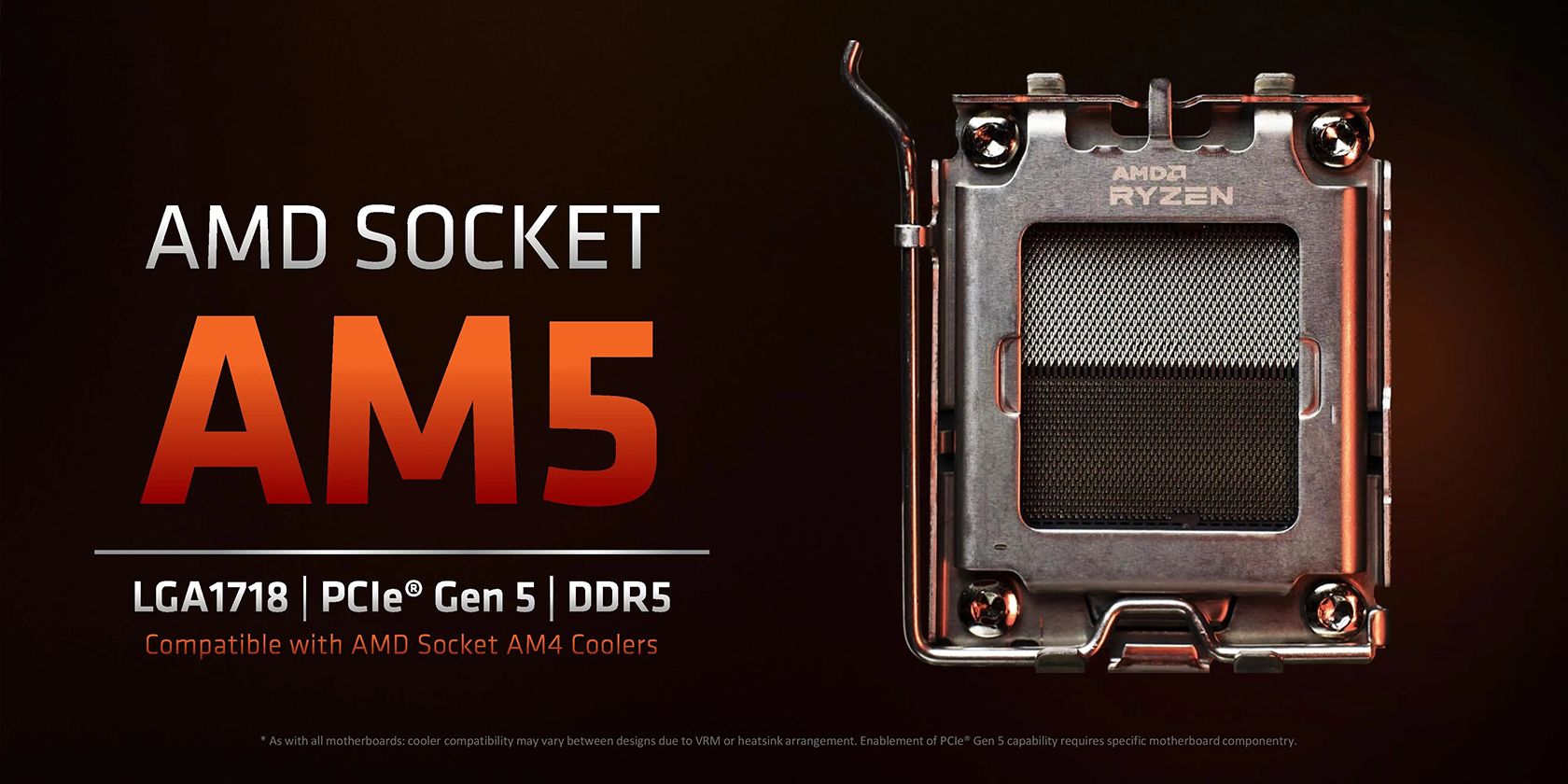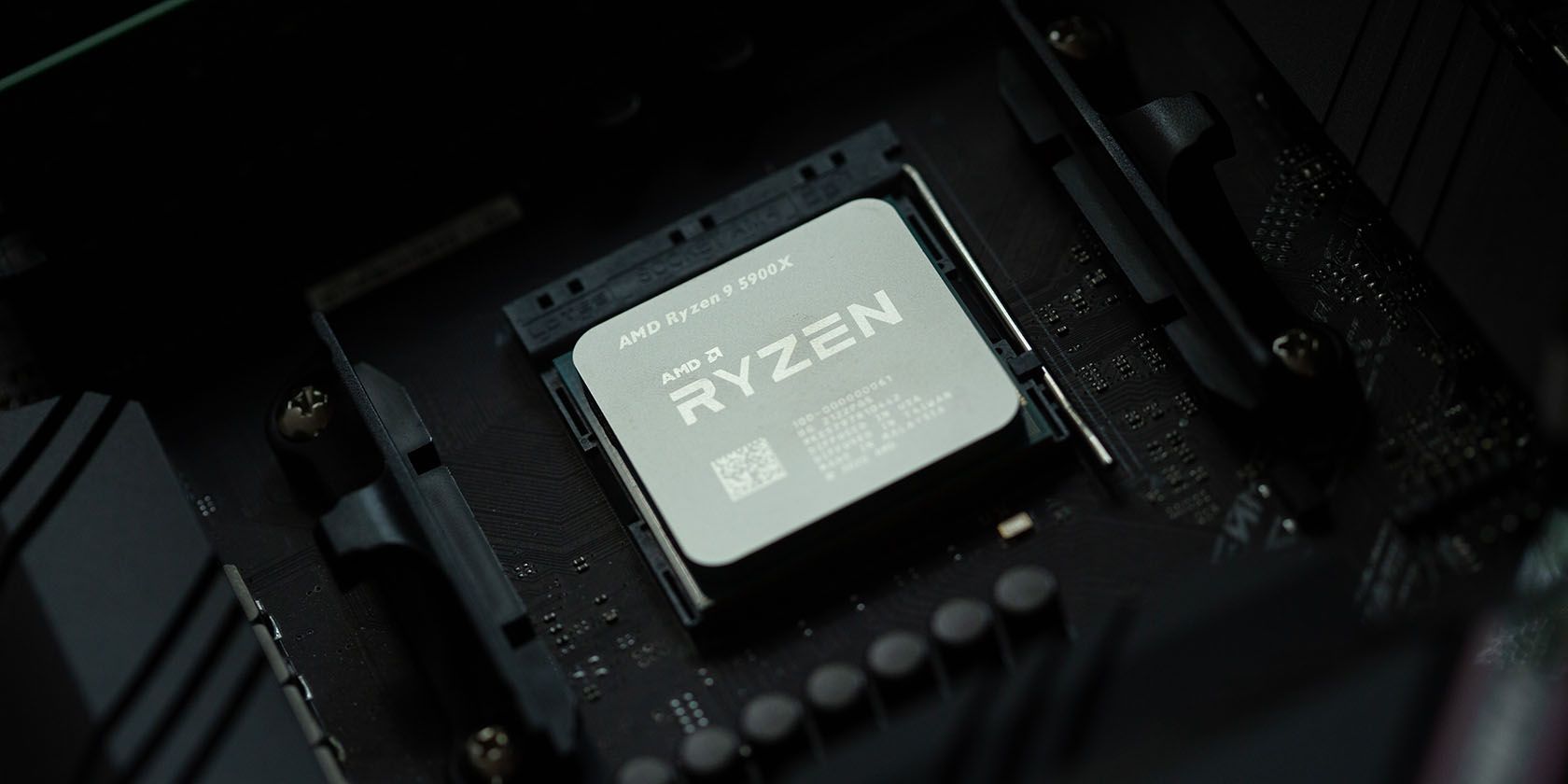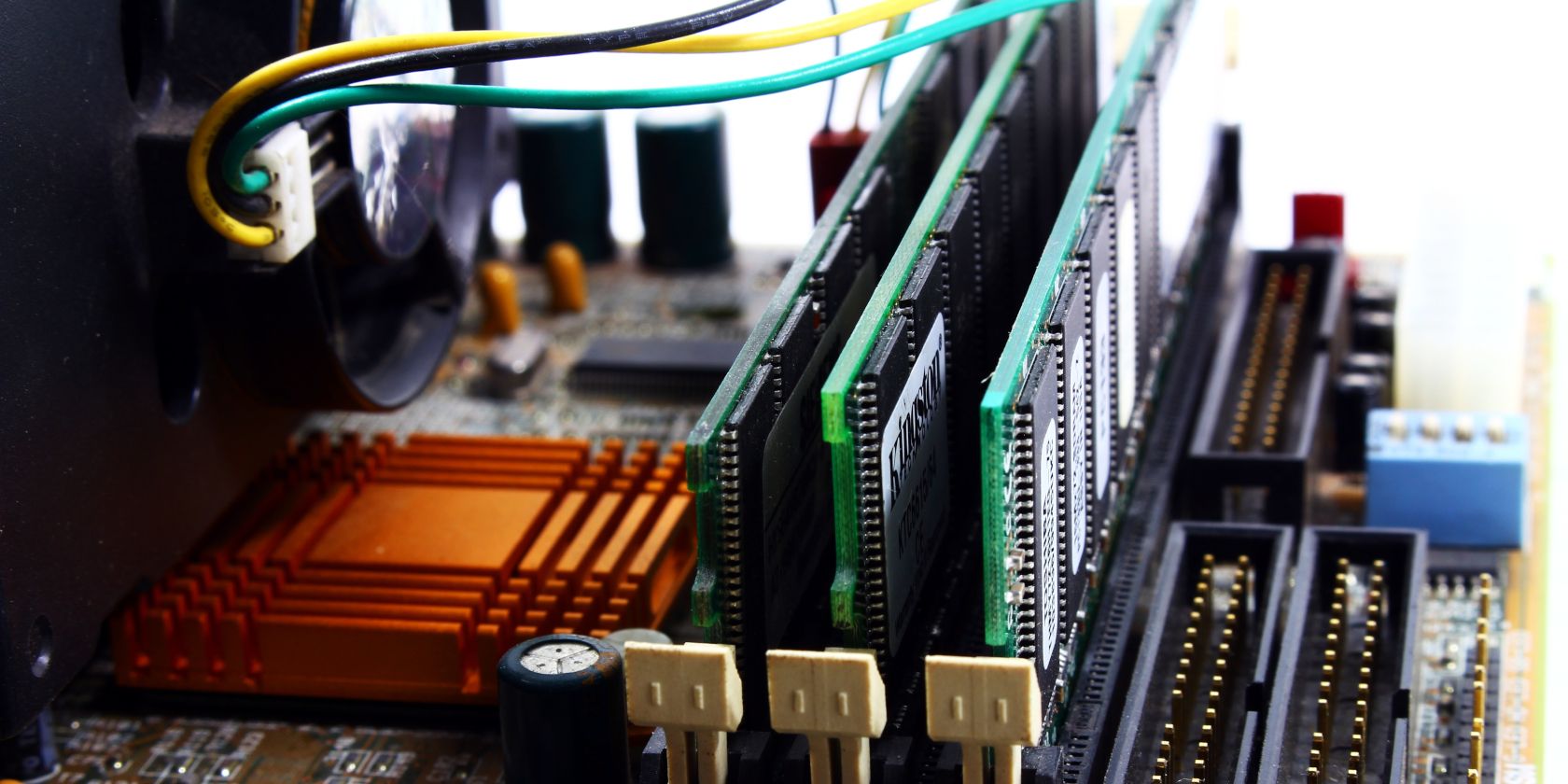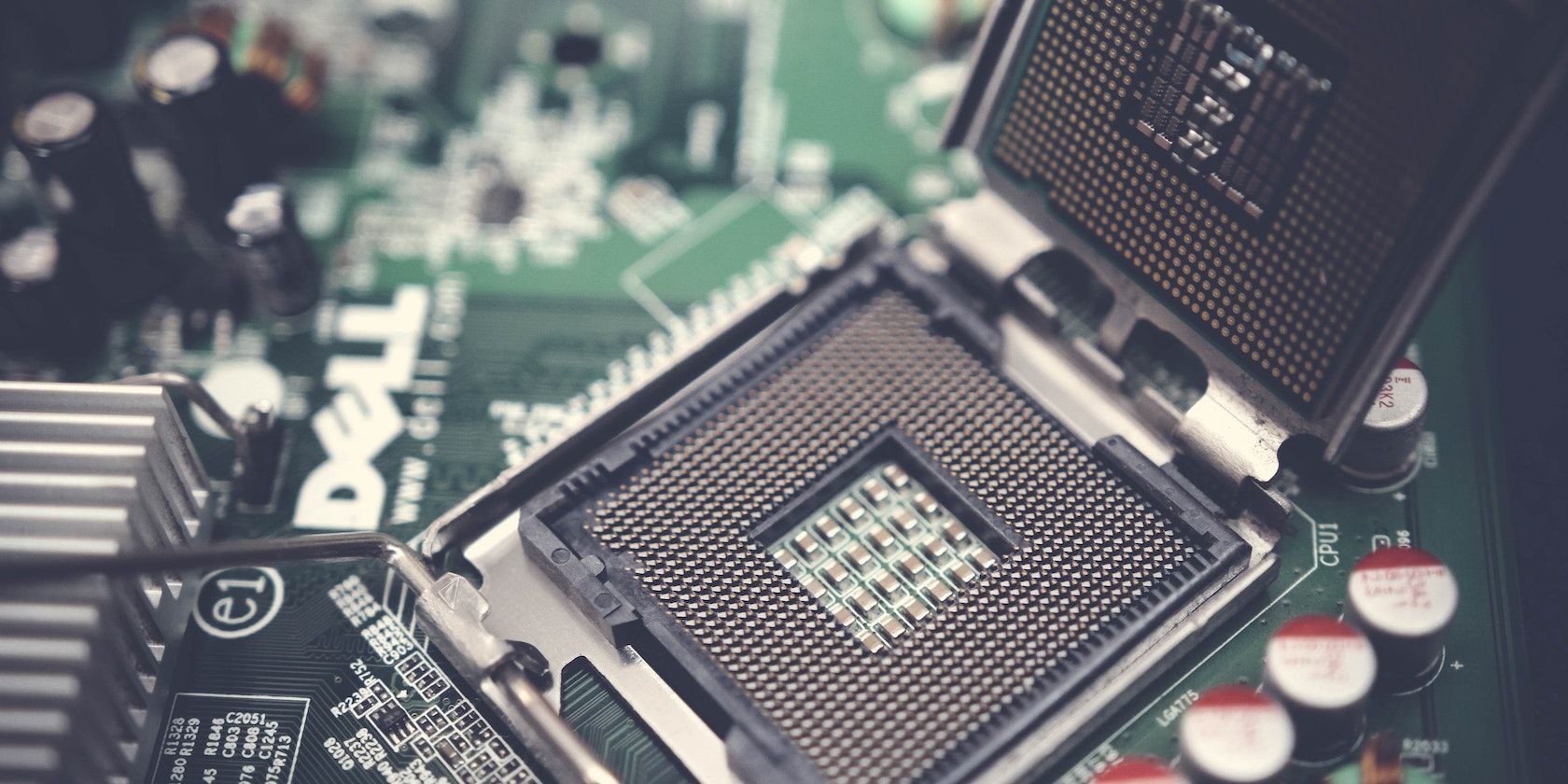AMD launched the AM4 Socket way back in September 2016. Since then, AMD has used it as the backbone of numerous microarchitectures, starting from Zen+ through Zen 3.
But with the new Zen 4 microarchitecture powering the Ryzen 7000 Series Desktop CPUs, AMD is launching the AM5 socket, finally bringing the AM4-era to an end.
So, what's new with AM5, and how is it better than AM4?
1. 230-Watt Socket Power Delivery
The previous generation's AM4 socket is limited to a 142-watt TDP, limiting Zen 3-based processors to 105 watts TDP. But with the new AM5 socket, AMD increased its peak capacity to 230 watts, allowing the latest Ryzen 7000 processors to have a 170-watt maximum TDP.
This increased power delivery allows AMD to develop more powerful processors that require greater wattage. So, even if it makes more powerful CPUs in the future, the AM5 socket can handle its requirements.
2. Support for DDR5 and PCIe 5.0
Unlike Intel's LGA 1700 socket, which supports DDR4, AMD's AM5 socket drops it. That means the Ryzen 7000 processor and other succeeding AMD processors will only support DDR5 RAM. Although this ensures that systems on the AM5 socket will run as fast as possible, it'll also cost more to build as DDR5 is more expensive than DDR4.
For example, Corsair Vengeance RGB Pro 32GB DDR4-3600 RAM modules cost $109.99 on Amazon. On the other hand, the Corsair Vengeance 32GB DDR5-4800 RAM modules are priced at $149.99. Furthermore, DDR4 RAM isn't physically compatible with DDR5 slots, so you'll have to get new DDR5 RAM modules if you're upgrading your PC.
The AM5 socket also uses PCIe 5.0, doubling the transfer rate of the previous PCIe 4.0 standard. This allows you to use the latest high-speed solid-state drives coming to market. With PCIe 5.0, you can transfer files much more quickly and enjoy new technologies like Microsoft's DirectStorage.
Best of all, all PCIe generations are backward compatible. So even if your SSDs and GPUs are only PCIe 4.0, you can still use them with your new AM4 socket motherboard and Ryzen 7000 processor.
3. Backward Compatibility With AM4 Coolers
During AMD's "together we advance_PCs" presentation, the company announced that the AM5 socket is compatible with AM4 coolers. This allows users to reuse their cooling solutions from their current AM4-socket CPUs when they upgrade to a Ryzen 7000 processor.
As AMD claims that the Ryzen 9 7950X is 47% more energy efficient than the 12900K, the cooling solution for the Ryzen 5000 is probably sufficient enough for the 7000 series—provided you're upgrading to the same level processor (i.e., you're going from a Ryzen 5 5600X to a Ryzen 5 7600X).
Nevertheless, you should still be prepared to upgrade your cooling solution if you detect thermal throttling with your new chip to ensure you get the most out of its performance.
4. New Motherboard Chipsets
Given the new AM5 socket and Ryzen 7000 Series processors, it's expected that AMD will release new motherboard chipsets for them. As such, AMD announced two new chipsets at the time of writing: the top-end X670, which will be available simultaneously with the Ryzen 7000 in September 2022, and the mainstream B650, which will be released one month later in October 2022.
AMD will also make Extreme versions of the X670 and B650, extending PCIe 5.0 functionality to include both storage and graphics (as opposed to just storage in the non-Extreme versions).
A New Socket for the Next and Future Generation Ryzen Processors
When AMD released the AM4 socket in 2016, they promised users that it'd be compatible with their processors in 2020. True enough, they replaced the socket two years after their guaranteed compatibility in 2022.
In their presentation, AMD said it's committing to support the AM5 platform through at least 2025. That means users can expect to upgrade their systems in three years without requiring a complete motherboard change.
So, if the AM5 socket lasts as long as its predecessor, we can expect it to support new computer builds through 3nm and even smaller process-node processors.




